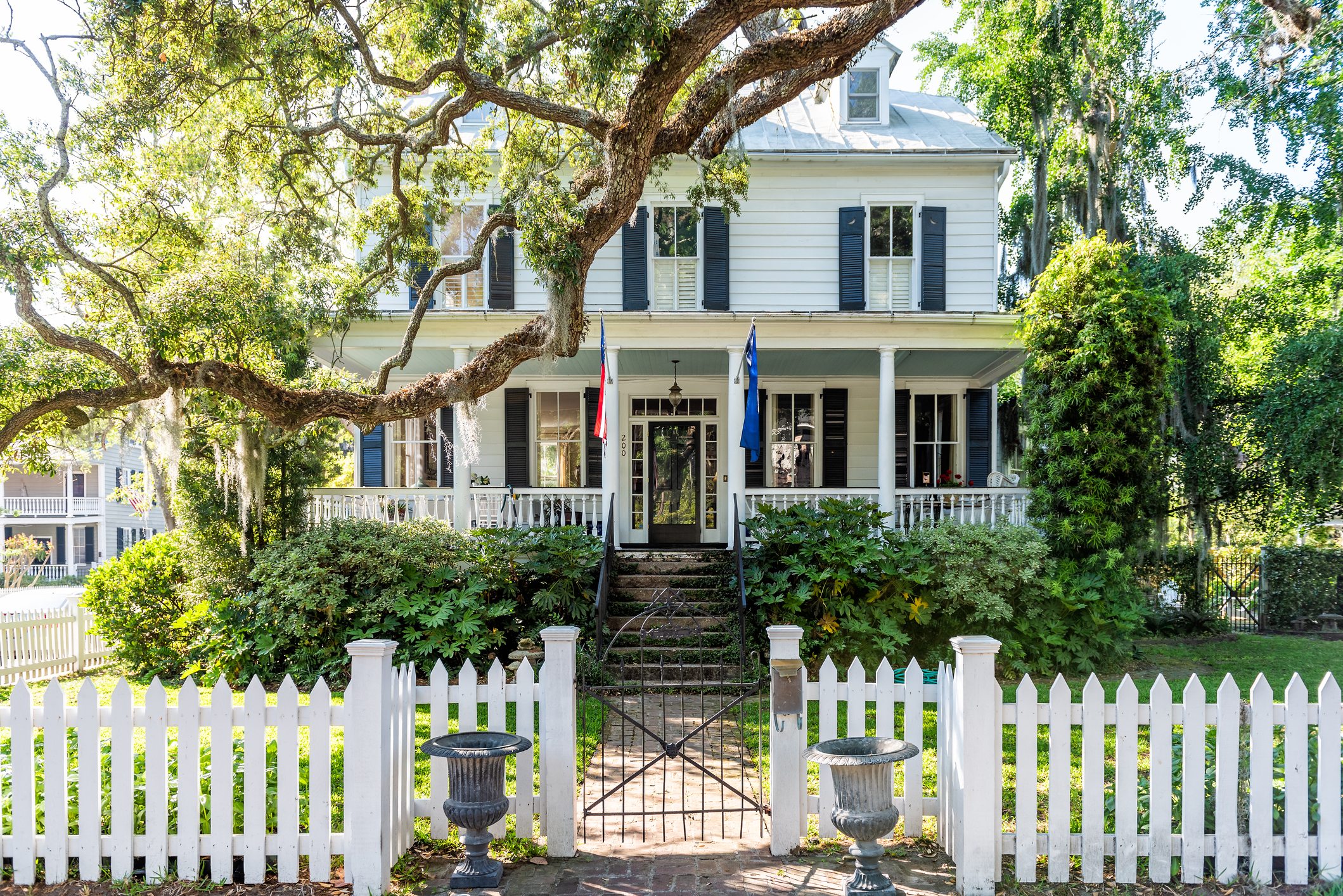
Lead Paint News Stories: Lead Poisoning is Still Shockingly Common in The U.S.
When you hear the words "lead poisoning" you probably think of the deplorable conditions that people living in slums, or the side effects of those living in abject poverty in the third world.
The problem is that a lot of us forget that lead was everywhere up to around 1978 in the U.S., and that once we all decided it was a problem, we did not clean up our mess. We just left it and tried to forget about it. As a result, every new generation has had to deal with the mistakes left behind.
Where Is Lead Lurking?
According to the Kitsap Sun, the most common place to find lead is in older homes. Homes built prior to 1978 are the most likely to have lead paint in them, and even if that paint is not cracking and chipping it can leech into household dust. Stuff that is getting into your children's lungs, and on their hands. Given that there are still thousands of buildings all across the country that still have lead paint in them due to the cost of removing it, this is a serious danger that is affected multiple generations of children.
That is bad enough, but it is far from the only thing you have to worry about.
For example, lead can be found in the soil if it was not properly contained when paint was taken down. This is particularly common on old playgrounds. Lead paint can even be found on old toys if you are not careful! While imported toys may contain lead -the article reported that over 360,000 imported toys were seized in 2017 for violating lead standards), it's far more likely that you're at risk from what's lurking in your attic, or in your grandparents'
house, than from something you bought on eBay. photo ID:1091794836 Credit:krblokhin
We like to think that lead poisoning is an old problem, left behind with the Great. It is not, though. It is a very real problem we still deal with, and which needs to be dealt with if we are going to stop it from affecting our kids, and their kids.
Lead paint, once popularly used, is still prevalent in a number of homes in the United States despite the fact that contamination from lead paint poses serious health risks to those who inhabit homes and structures with it. It is important to make sure you test your paint for the presence of lead and remove this paint immediately if dangerous levels of lead are found. 
The Environmental Protection Agency (EPA) estimates that 83 percent of all homes built before the year 1980 have lead based paint somewhere in the unit. This is a high percentage of homes. If your home was built before the year 1980, there is a good chance that there is lead paint somewhere in your home. This does not necessarily mean that you or your family have been contaminated by lead, but it means you should test for lead in your home to be on the safe side.
The cost of lead removal from a home on average costs $10,000…or more! This price will vary based on how much paint needs to be removed and has been estimated by the EPA to cost anywhere from 8 to 15 dollars a square foot to remove. This price may seem steep, but there are specific protocols that need to be followed in order to ensure that the lead paint is safely removed from the structure.
Since 2016, the Federal Government has offered about 100 million dollars in Housing and Urban Development grants to remove lead paint from houses and other structures with the aim of protecting young children from lead poisoning. The problem is that this is not enough. The CDC estimates that kids in at least 4 million households are being exposed to high levels of lead. At an average of $10,000 dollars per lead removal job, 100 million dollars in Housing and Urban Development grants is quite simply not enough to adequately address this health issue.
Protect your home and family from lead poisoning. Test your paint, and get it removed if it shows high levels of lead.
About ECOBOND® Paint LLC :
We are an Environmental paint products manufacturer focused on the treatment of hazards dealing with lead.
The Lead Problem Came in a Paint Can - the Solution Can Too!
ECOBOND® - LeadDefender® is so much more than just paint! The ECOBOND® Paint family of products now includes Bitrex® a bitter-tasting additive to discourage oral contact! This creates an added safety barrier to further protect children from lead poisoning by reducing the amount of paint chips or dust a child may ingest. Bitrex® is the bitterest substance known and is added to ECOBOND® to reduce accidental ingestion of potentially harmful materials.
Buy Now!
www.EcobondPaint.com
